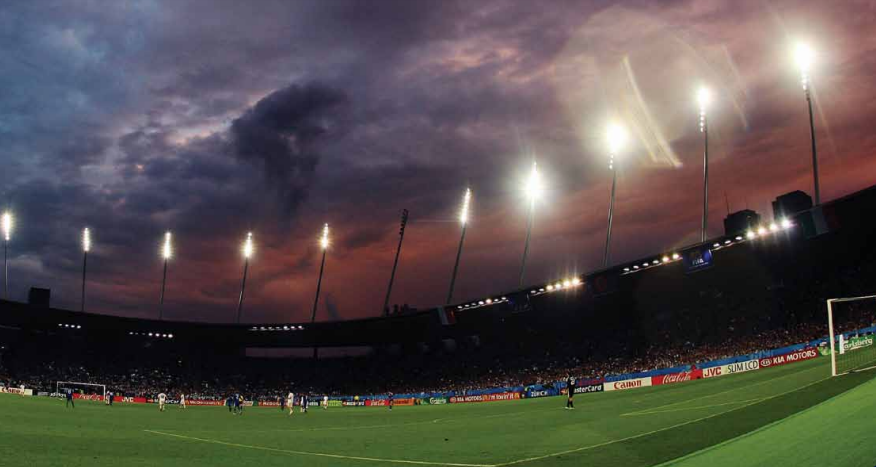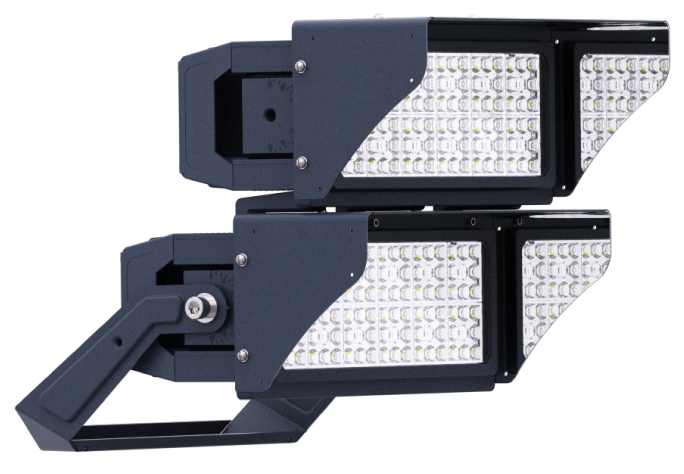Enhancing Visual Comfort and Safety in Sports Stadiums Through Advanced Lighting Design
Enhancing Visual Comfort and Safety in Sports Stadiums Through Advanced Lighting Design

Directory:
1. Introduction
2. The Dual Role of Stadium Lighting
3. Key Factors in Lighting Design
4. Strategies for Optimized Stadium Lighting
Introduction
Modern sports stadiums are more than just venues for athletic competitions; they are dynamic environments where lighting plays a critical role in shaping both spectator experiences and athlete performance. Effective illumination design not only enhances visual clarity but also mitigates risks associated with poor visibility, such as delayed reactions or injuries. This article explores how strategic lighting solutions can optimize visual comfort and safety in sports facilities, aligning with the evolving demands of athletes, spectators, and facility managers.
The Dual Role of Stadium Lighting
Sports stadium lighting must address two primary objectives:
Visual Comfort: Ensuring spectators can enjoy events without eye strain or discomfort.
Sports Safety: Enabling athletes to perform at their peak while minimizing risks from poor visibility.
Balancing these goals requires careful consideration of lighting parameters such as intensity, uniformity, contrast, and color temperature.
Key Factors in Lighting Design
1. Illumination Intensity
Adequate light intensity is fundamental for visibility. Insufficient lighting can create shadows, making it difficult for athletes to track fast-moving objects like balls or opponents. For spectators, optimal brightness ensures clear views of the action without causing glare or discomfort during extended events.
2. Uniform Light Distribution
Uniform lighting eliminates abrupt transitions between bright and dark areas, which can distort depth perception. Inconsistent illumination may lead to visual fatigue for spectators and misjudgments by athletes, increasing collision risks. Advanced LED systems with precise beam control are now widely used to achieve seamless light spread across large arenas.
3. Light Contrast and Color Temperature
Contrast: Balanced contrast between the playing surface and surroundings enhances object recognition, critical in fast-paced sports like basketball or badminton.
Color Temperature: Cooler tones (e.g., 5000K) improve alertness and focus during competitions, while warmer tones (3000K) create a relaxed atmosphere for training sessions or recreational use.
Strategies for Optimized Stadium Lighting
1. Adaptive Lighting Systems
Modern stadiums are adopting smart, tunable LED systems that adjust lighting parameters in real time. For example:
Dynamic Intensity Control: Adjust brightness based on event type (e.g., professional matches vs. community events).
Zonal Lighting: Customize illumination for specific areas like courts, spectator seating, or walkways to ensure uniform coverage.
2. Human-Centric Design
Lighting should cater to the needs of diverse users:
Athletes: Prioritize high uniformity and contrast to support quick decision-making.
Spectators: Focus on reducing glare and flicker to prevent eye strain during prolonged viewing.
Innovative lighting design is transforming sports stadiums into safer, more comfortable spaces for athletes and audiences alike. By prioritizing uniformity, adaptable intensity, and spectral tuning, facilities can enhance both visual experiences and athletic outcomes. As technology evolves, the integration of smart controls and eco-friendly solutions will further redefine the standards for sports venue illumination.
Related Product

